



Aluminum Profile | Alloy 6063-T5,thermal-break,non-thermal-break | ||||||
Finish Customized(Powder coated/Electrophoresis,Anodizing etc.) | |||||||
Thickness:1.4mm-2.0mm or customized | |||||||
Glass Sheet | double tempered Low-E glass/Low-E glass/Reflective glass/Clear float glass/etc. | ||||||
single glass thickness:4m 5mm 6mm 8mm 10mm 12mm 15mm 19mm. | |||||||
insulated glass:5mm+12A+5mm,6mm+12A+6mm,5mm+0.76PVB+5mm,5mm+9A+5mm+9A+5mm etc. | |||||||
Hardware | Chinese famous Brand | ||||||
Flexibly open and firmly riveted | |||||||
Imported famous Brand | |||||||
Sealing | Ternary ethylene propylene rubber sealing strip | ||||||
Size | Customized | ||||||
Color | White/champagne/grey/wood grain/silver | ||||||
Surface Finish | Power coating,anodizing,electrophoresis | ||||||
Guarantee | 10 years | ||||||
Application | Residential houses,Conominiums,Hotels,Offices etc. | ||||||



Double glazed glass commonly consists of two (sometimes more) panes of glass separated by an aluminum spacer and sealed together at the edge. The insulating airspace is filled with dry air or a noble gas, such as argon or krypton inside to slow the heat exchange and reduce noise levels. The aluminum spacer is filled with silica desiccant pellets to ensure removal of any moisture in the airspace. The IGU is designed to keep homes warmer in the winter and cooler in the summer.
Low E Glass:
Low E glass (Low Emissivity) provides excellent performance in situations where temperature separation is desired.
Low-E is used to help meet energy efficiency requirements by blocking UV light and providing heat insulation. This is
done with a special thin-film metallic or oxide coating which prevents the passage of short-wave solar energy into a building and also prevents long-wave energy produced by heating systems and lighting from escaping outside.
Low-e Insulated Glass :
it is made by 2pcs or more float glasses which filled with desiccant of Argon gas with Aluminum frame.
Primary seal(butyl)between glass and Aliminum frame, secondry seal(polysulfide or structure). the insulated glass
will be effectively protect radiation when coated Low-E film.


Insulated double glazing double wall glass double glass insulated glass panels
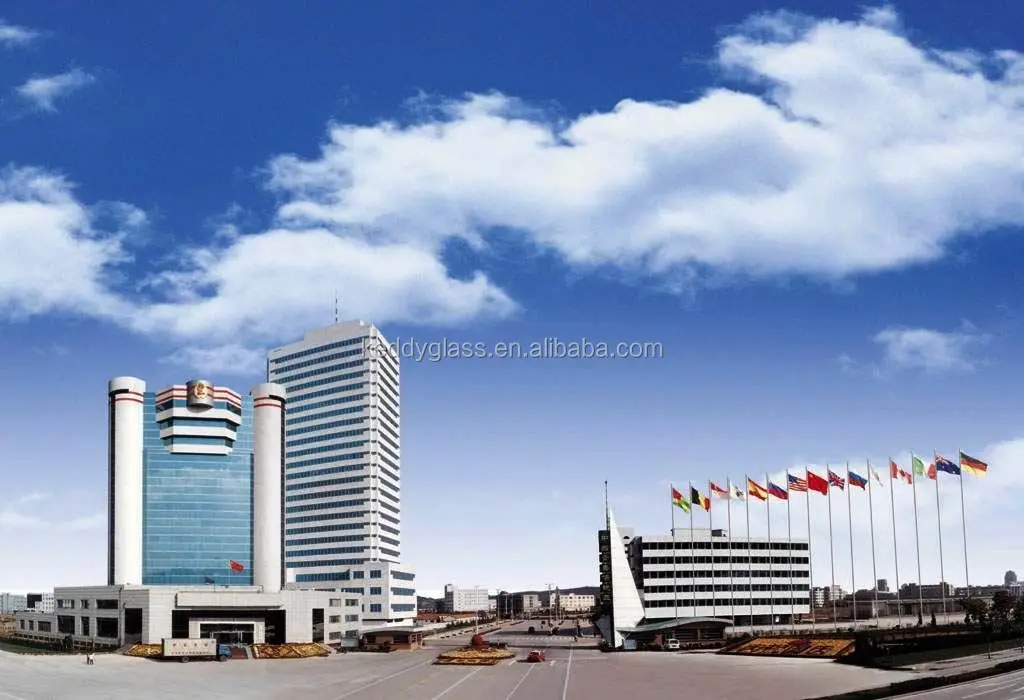

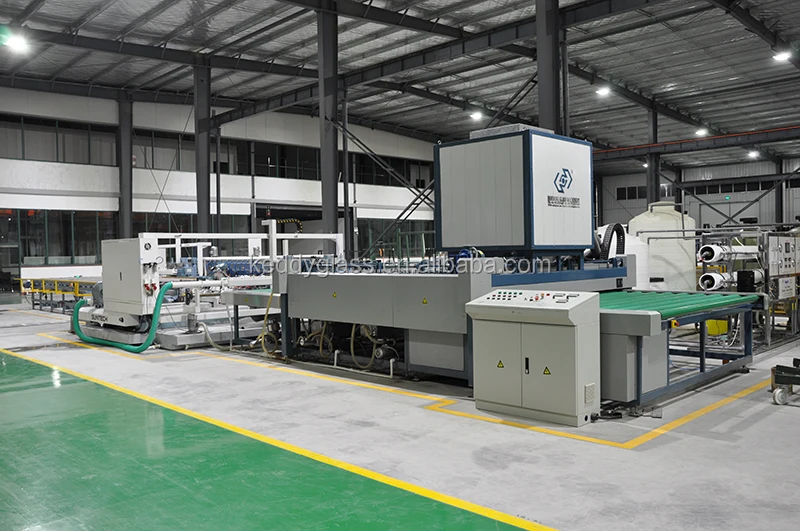
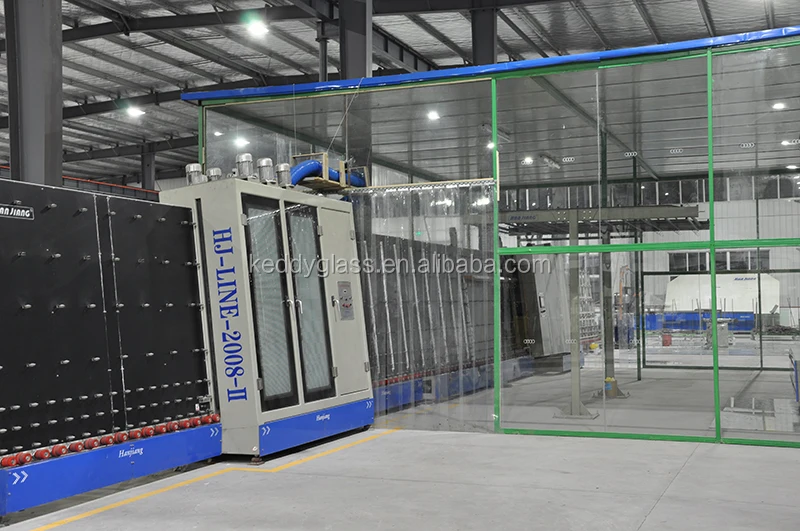

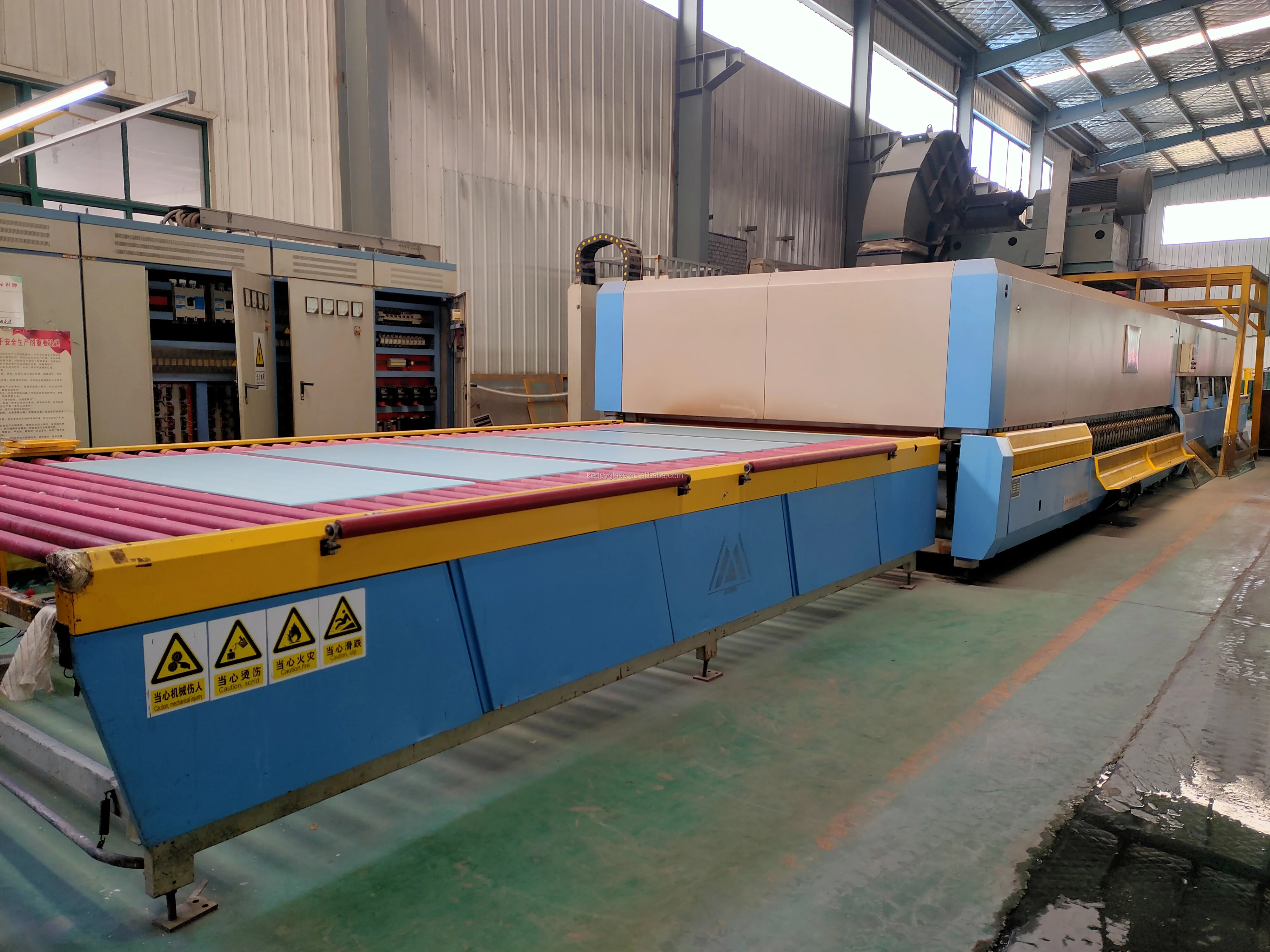



- 1.To ensure safe shipment, our glass will be taken good care of by this way.
2. Paper and Cork liner will be put between every two glass to prevent them hurt each other.
3. Glass will be put in suitable wooden crate with Corner Protectors.
4. Under wooden crate there will be legs for forklift easy loading and unloading.



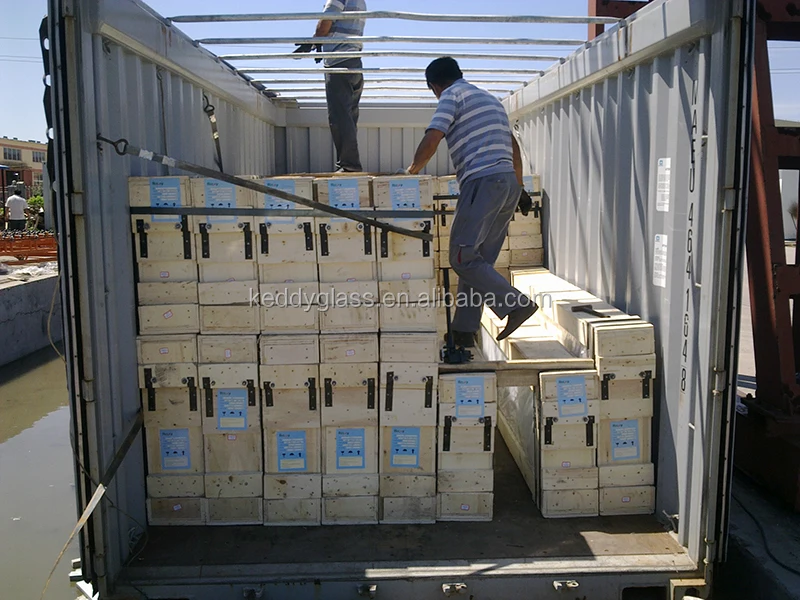
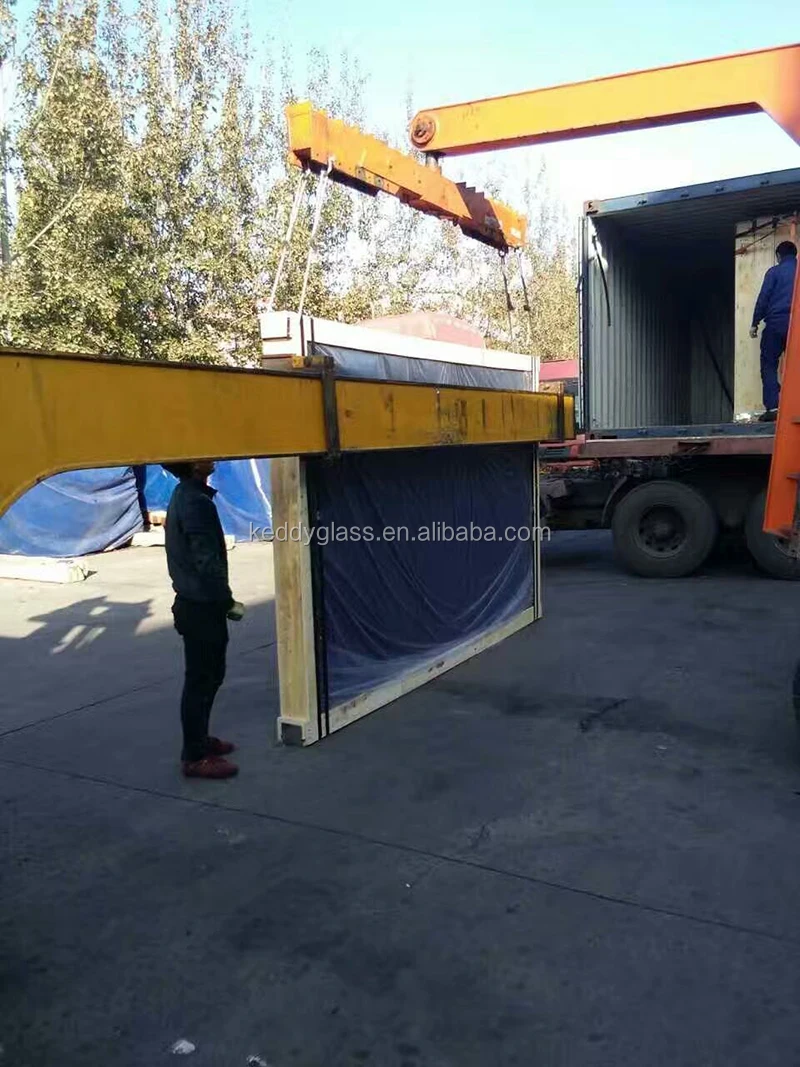
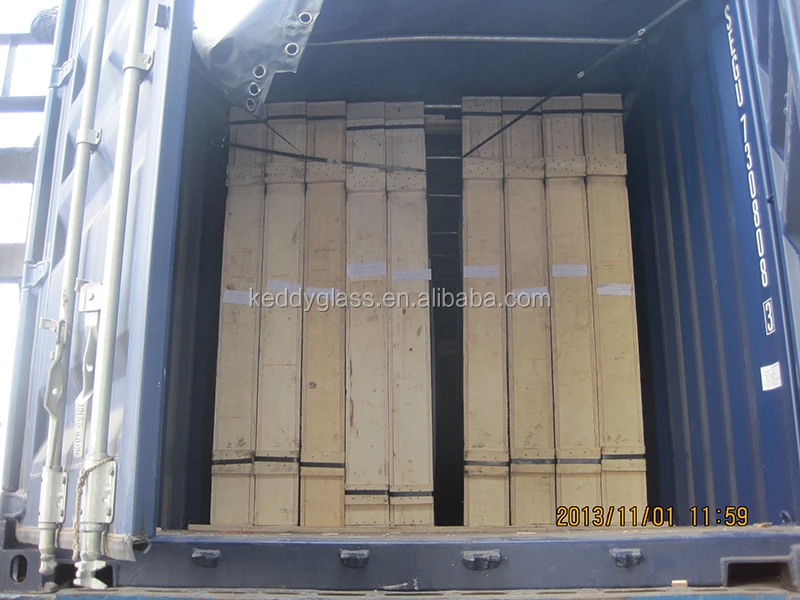
- 1.12 years experiences on toughened glass manufacturing and exporting.
2.We have strong technical support and production capacity.
3.Our factory close to the sea port, transportation is very convenience.,CAN DO DOOR TO DOOR
4.Professional sales team, offering personalized and dedicated services
5.Unique designed strong wooden cases and container fixed method can solve the problems of breakage.
6.Top quality toughened glass with CE, ISO9001,CCC,SGCC,ANSIZ97.1-2015,AS/NZS 2208 Certificate.
7.OEM is feasible, and welcome to visit our factory.
8.Favorable price and reasonable payment terms;
9.We can guarantee the delivery time.

GB15763.3,Chinese standard.
EN12543,European standard
EN12600,European standard.
ANSI Z97.1,American standard.
AS/NZS 2208,Australian standard.
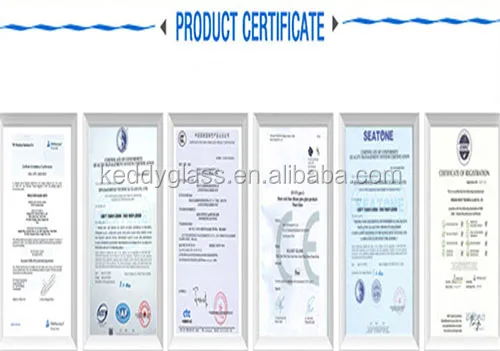
Q1: How to judge the quality of float glass?
A1: Flatness, transparency, colorless, impurities, bubbles, etc.
Q2: How to reduce the self-implosion?
A2: The high quality float method is used for hot dip treatment, edge treatment and proper stress intensity. Pay attention to avoid side collision of glass during installation.
Q3: Scope of use of toughened glass?
A3: Safety is not involved in some parts of the building, but it is necessary to install toughened glass to improve the compressive strength and explosion-proof capacity,not to endanger the person safety
Q4: When toughened glass is broken, is the grain smaller the better?
A4: No, the smaller the particle, the easier it is to explode.
Q5: Can toughened glass and semi-toughened glass be made into laminated glass?
A5: Can't. The national standard stipulates: the glass that stresses the difference cannot make laminated glass, because in use process, the pressure that two pieces of glass bears is different.
Q6: Whether the laminated glass can fire, can the sound insulation?
A6: No, the smaller the particle, the easier it is to explode.
Q7: How many uv low-e glass can reduce?
A7: It is not fireproof glass, but has certain fireproof ability, also can soundproof, laminated glass is inside whole sound wave frequency range, in control noise is very good.
Q8: Does the air in the insulating glass do not oxidize the membrane?
A8: No, because there is a molecular sieve in the insulating glass, and the molecular sieve always keeps the air dry, so the membrane is not oxidized.
Q9: How much ultraviolet radiation can low-e glass reduce?
A9: It can reduce uv by 14% compared to heat reflecting glass. That's a 25 percent reduction in uv radiation compared to white glass.
We have more categories for you. lf you can't find the products you want above,just fill in the form and tell us whatproducts you want to import from China.


















